Back in late April, European wine growers were hit by the most
damaging frost since 1991. That frost affected vines as far south as Tuscany. More recently it is the western Corn Belt that has been affected by late Spring frost. The following two figures show damage to crops from frosts a few days ago:
Figure 1: Chickpea crop in Saskatchewan just north of the Montana border, 27th June 2017, yellow is frost-killed dead plant material.

© Mike FoleyYellow is frost-killed dead plant material.
just east of McLaughlin, South Dakota, 27th June, 2017

© Joel Bierman
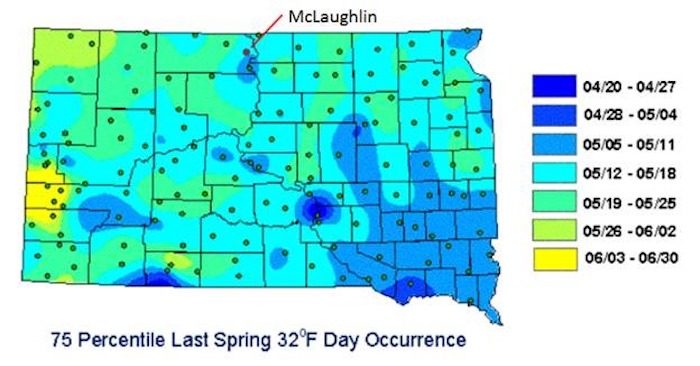
© unknown
Warmer is wetter and colder is drier. In a cooling climate there will be a concommitant reduction in moisture available.
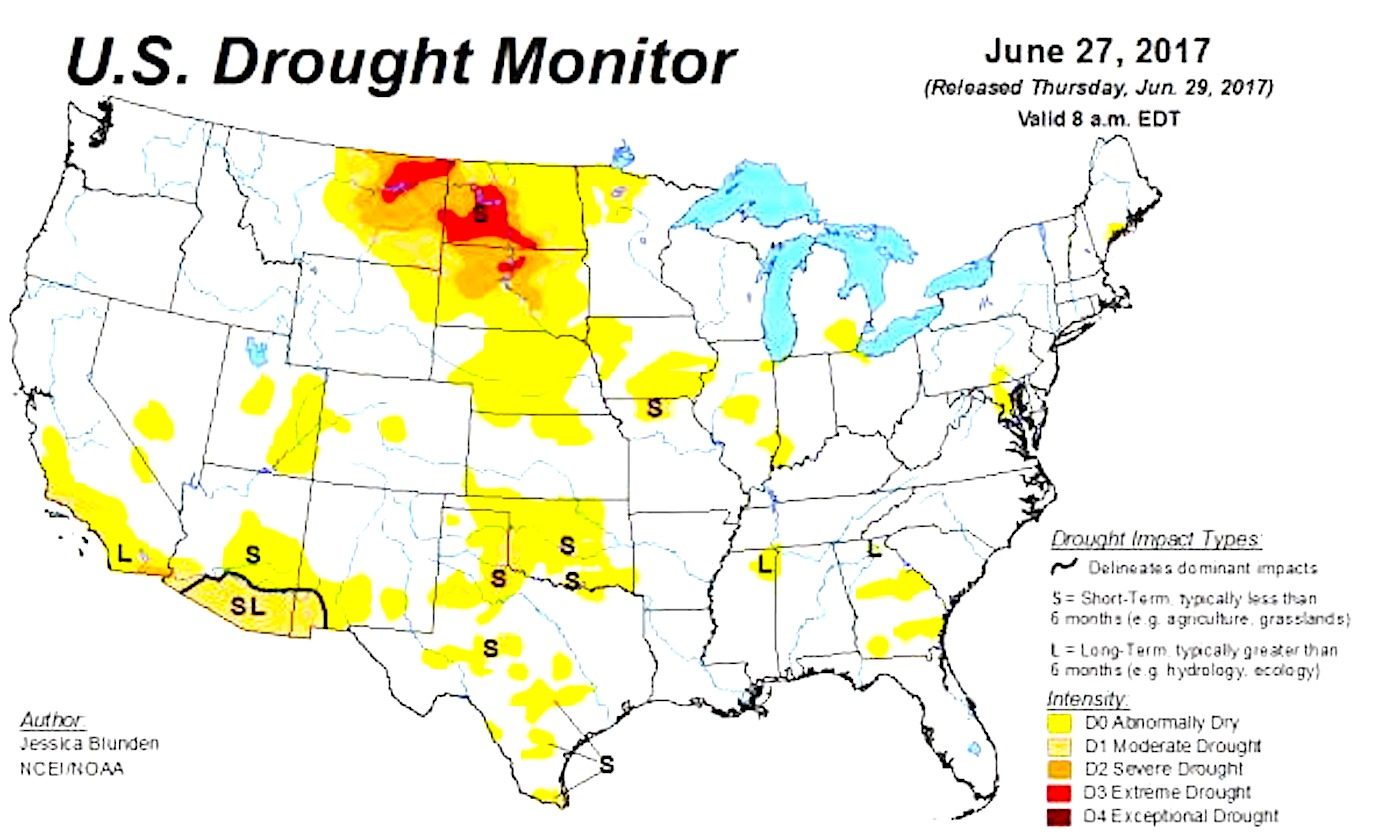
© Jesska Blunden/NCEI/NOAA
The reaction of the wheat market has been a 50% increase in price over two weeks. That has geopolitical implications, as shown by the following graphs.
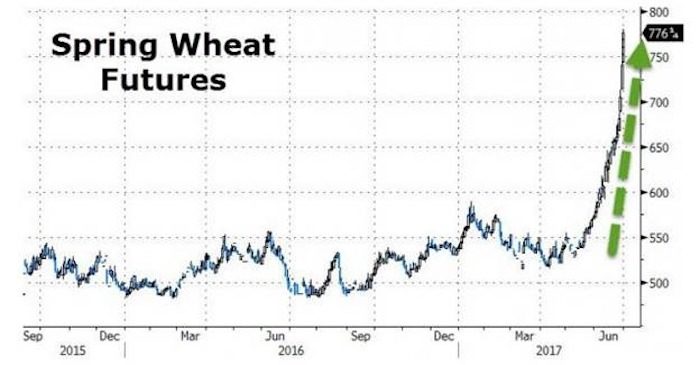
© unknown
This is a graphic made in 2010 using data from 2009. At 6.9 percent, the United States has the lowest percentage of disposable income spent on food of any major country and will be hardly affected. But most countries spend between a quarter and half their income on food. A rise in the budget allocation to food, driven by the prices of wheat and other grains, will result in a reduction in economic activity.
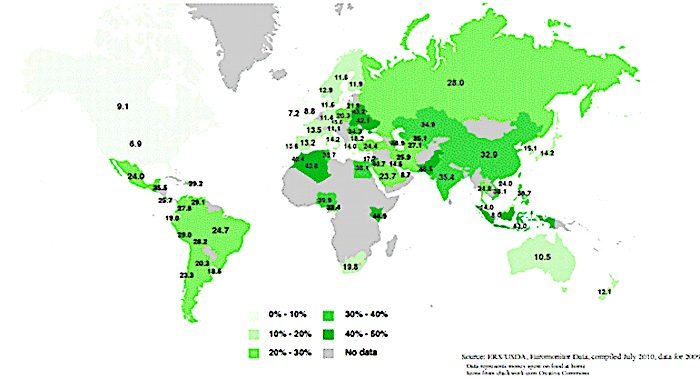
© KRS USDA
The Middle East lost the ability to feed itself from its own production decades ago. Even countries as large as Egypt live a hand-to-mouth existence. Egypt recently sold off a couple of islands in the Red Sea to Saudi Arabia in return for Saudi funding of the Egyptian budget, and thus grain imports. On average, humans get about 48 percent of their calories from grains. Wheat, with the best amino acid profile of the major grain crops, is a near-complete foodstuff for those not allergic to it. Tunisia has wheat consumption of 80 percent of their calorific intake. We know from the raid on Bin Laden that his household visited the local bakery three times a day to buy bread. The wheat price rise has geopolitical implications.
Figure 8: F10.7 flux 2014 - 2017Where to from here? Relative to the climate of the last century, an F10.7 flux above 100 causes warming and below that level causes cooling.
As of today, the F10.7 flux is 71, not far above the activity floor of 64. Solar minimum is three years away and then we are likely to have at least two years of activity below 100 as activity rises into Solar Cycle 25. Thus some of the heat that built up in the second half of the 20th century due to the highest solar activity in
8,000 years will have a chance to radiate into space. Late spring frosts will become more frequent.
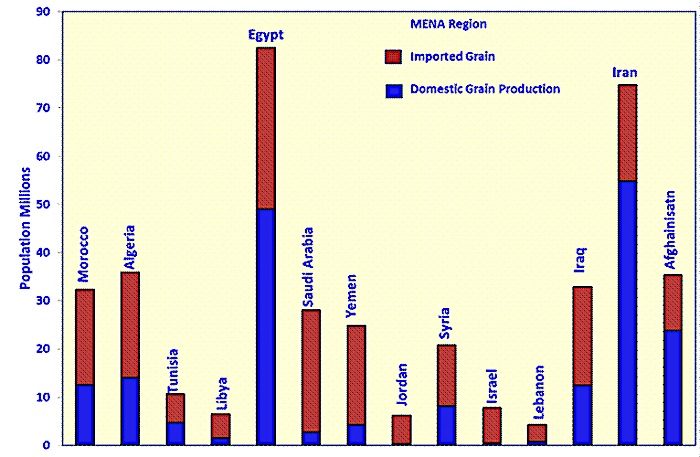
© unknown
American Gripen: The Solution to the F-35 Nightmare







Reader Comments